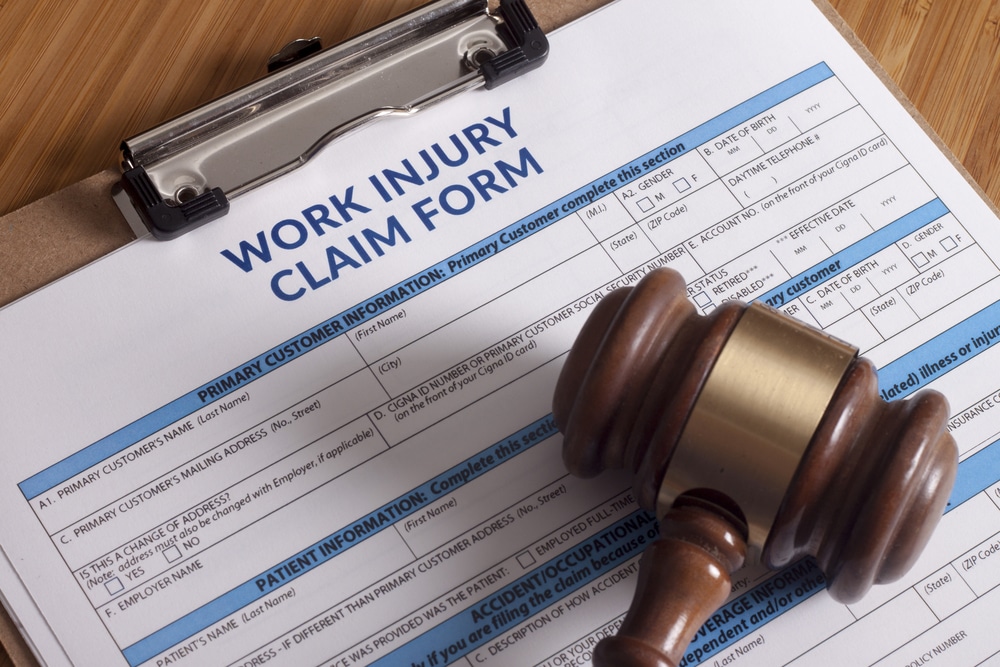Workers compensation is a form of insurance that provides wage replacement and medical benefits to employees who are injured while performing their job duties. This protects employees and offers a structured approach to addressing the challenges associated with workplace injuries. Navigating workers comp involves knowing your rights as an employee and understanding the specific steps required to receive support. Here is more information about workers benefits for injured employees:
Verifying Compensation Claim Types
Workplace injuries and illnesses covered by workers compensation often fall into distinct claim types, each with its own requirements. These include:
- Specific injury: This claim occurs when an employee suffers harm from a single incident. Slipping on a wet floor and breaking a wrist would be treated as a specific injury.
- Cumulative trauma: These injuries develop over time. Repeated lifting, keyboard use, or operating vibrating machinery may lead to issues such as carpal tunnel syndrome or back problems.
- Occupational diseases: These result from prolonged exposure to hazardous materials or environments in the workplace, such as respiratory illnesses from inhaling chemicals or hearing loss caused by consistent loud noise.
Each state defines which conditions and events qualify for coverage and may have unique procedures for different types of injuries or illnesses. If you are unsure about the kind of claim you need to make, consult your human resources department. Correctly identifying the nature of your injury helps you file the appropriate claim category, which affects the documentation process.
Documenting Injuries for Claims
Accurate and thorough documentation plays a key role in the workers compensation process. After a workplace injury occurs, notify your supervisor or manager without delay. Your incident report should include the date, precise time, exact location, and the circumstances that led to the injury. Mention if there was an equipment malfunction or if you were following a standard workplace task when the injury happened. Keeping notes detailing your injury’s impact, such as pain levels, days missed from work, or changes in your ability to perform tasks, can assist with the claim process.
If coworkers witnessed your injury, ask them to provide a statement or to speak with your employer about what they observed. Witness accounts can clarify the situation, confirm details, and strengthen your claim. Save copies of all medical reports and paperwork related to the injury. Photographs of the injury or the scene can also help create an objective record of events.
Making a Workers Comp Medical Visit
After reporting your injury, seek medical attention as soon as possible. Your employer may require you to visit a pre-approved healthcare provider that works with the company’s insurance. During the medical examination, share a clear, detailed timeline of how your injury happened. Describing the actions leading up to the incident, the immediate symptoms, and the sensations you experienced can help the doctor evaluate your condition. Follow all recommended treatments and attend scheduled follow-up visits. Claims reviewers use the reports from these visits to assess your eligibility for compensation. Missing appointments or not following treatment recommendations may delay your claim or affect eligibility for certain benefits.
File for Workers Compensation Today
Filing for workers compensation is a structured process that begins with understanding your rights and responsibilities. Starting a claim requires submitting accurate documentation and maintaining open communication with your employer and healthcare provider. The process helps manage medical costs and provides wage support while you recover from your injury. If you have experienced a workplace injury, contact an urgent care today for comprehensive medical attention.

